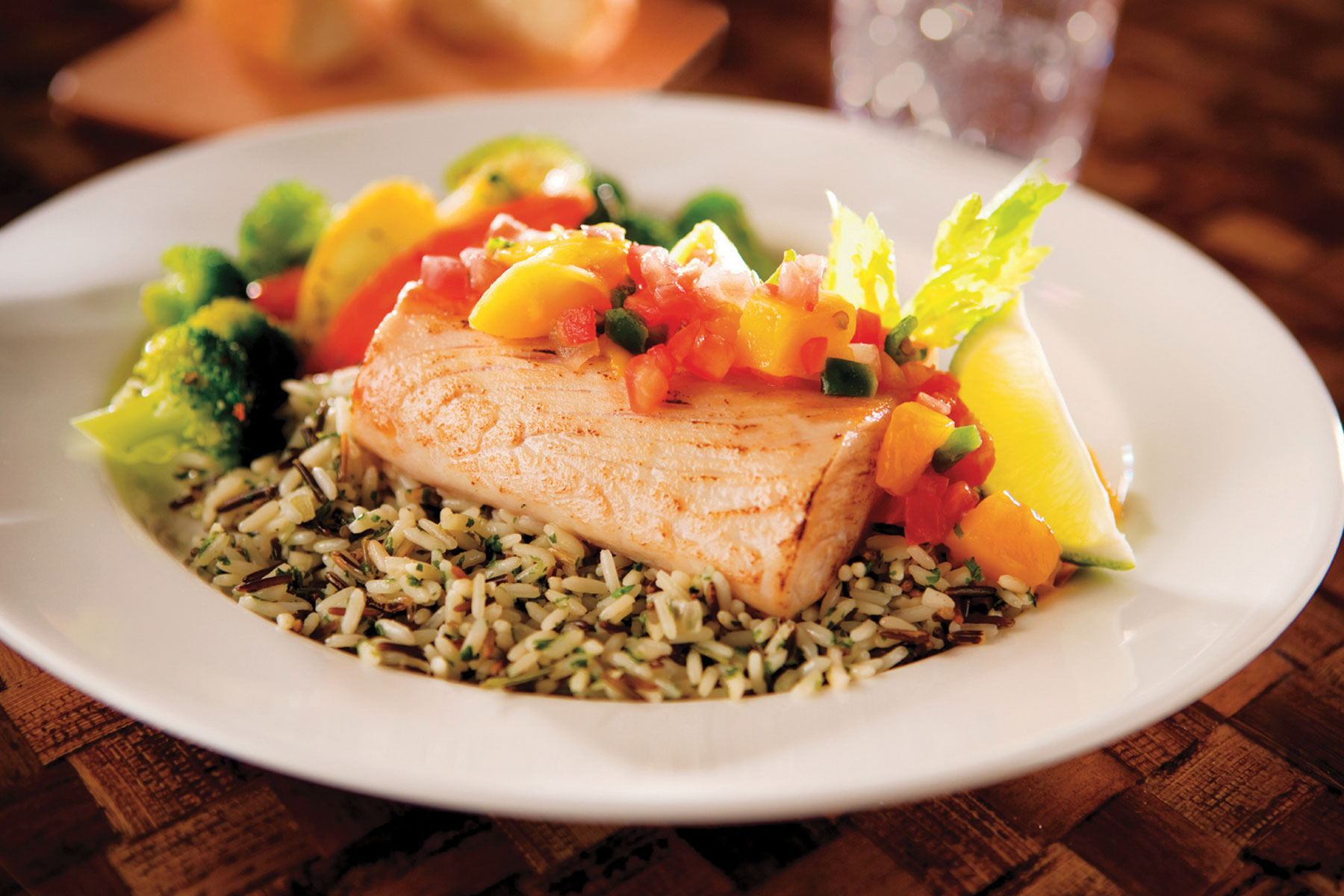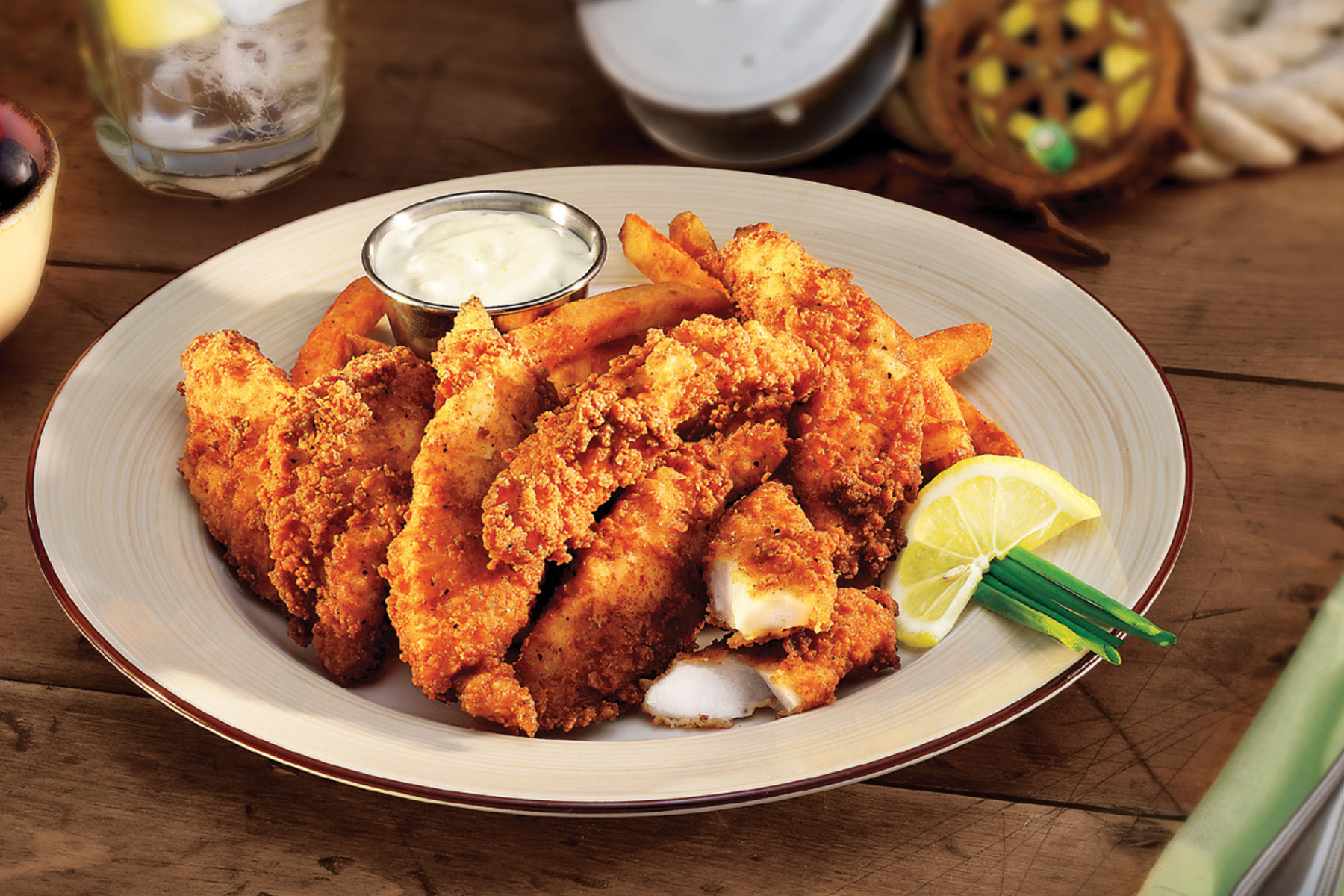The allure of saltwater angling is sometimes shrouded in mystery. You don’t know what kind of fish is on the hook until it appears at the surface.
Sometimes the catch might be easily recognizable. Other times the fish might be so strange looking you haven’t a clue what it might be. That’s what is so appealing about fishing coastal waters. Some species are downright weird looking. Call them exotic, ugly or trash fish, but weird fish can also be tasty.
Some species can be predictable about where to find them while, others are nomads and will take the bait when you are fishing for mainstream game fish. Either way, here is a lineup that you might encounter in your saltwater angling adventures.
When friends come over for dinner, you can impress them with a fish not on the menu of the local seafood restaurant. Trash fish anyone?
About it: Lionfish are enemy number one in the south Atlantic and throughout the Caribbean Sea. The reason why is they don’t belong there, and are bulldozing native fish populations. Lionfish eat anything they can find, are very prolific and a female can produce more than two million eggs.
Why eat it: The flesh is flaky and buttery, but there is a caveat. You must be careful with handling and preparation. Those cool-looking spines are needle sharp and can deliver a painful sting from the venom glands. Venom is only dangerous if injected, so it won’t spoil the meat. So be careful when filleting. Lionfish can be fried or broiled and make tasty fish tacos.
Fishing tip: Spearing is the best method for hunting the hunter. Find lionfish in shallow water while you snorkel along a reef with a pole spear. Wearing gloves is a must, and so is a hand net in which to keep them.
About it: Once considered bycatch by commercial anglers, the Gray Triggerfish is now considered a delicacy at fine seafood restaurants. The weird factor comes from humanlike lips that reveal a small mouth with chisel-like teeth used for crushing food. Triggerfish can raise and lock their first dorsal spine; pressing down on the second dorsal spine acts like a trigger, unlocking the first spine.
Why eat it: The clean, white meat has a distinctly sweet flavor when cooked. The fillets come out thin, making them ideal for pan frying. Sautee in butter and use the same pan to stir up a sauce with white wine and lemon juice.
Fishing tip: Because they share the same habitat as red snapper, you will find triggerfish around reefs and ledges in waters exceeding 80 feet. They are notorious bait stealers. That small mouth can nibble bait off the hook without the angler even knowing. Use small, ultra-sharp circle hooks and bait up with squid or cut bait.
About it: This one makes the weird list because it’s not a fish—but it’s edible. Southern stingrays have wingspans up to 5 feet or more. Home base is around beaches, bays, estuaries and river mouths. They are most common near shore on grass and sand flats.
Why eat it: When you can’t catch anything else! Before you leave this page, read on. Southern stingray taste like scallops, and it was rumored that once upon a time, restaurants fooled diners with stingray. If you are skilled at filleting flounders, then you can handle a stingray. Make mock scallops by cutting cubes out of the fillets. Dip them in beaten eggs, then bread crumbs. Fry until golden brown.
Fishing tip: Not much to offer other than you’ll hook up with a stingray when fishing for anything else.
About it: Okay, so this one is a stretch, but it is a catfish. Disdained by saltwater purists for their namesake dorsal fin and sharp spines containing toxic slime. The pectoral and dorsal fins are venomous and a sting can last a while. You’ll find these bottom feeders while fishing for other more desirable species around flats, reefs and shallow estuaries.
Why eat it: Like the stingray, when the day is winding down, the fish box is empty, and you’re on the hook for cooking dinner. When filleting, be sure to remove the blood line. They have a gamey taste and can be soaked in milk to remove it. Prepare them like any other catfish—fried.
Fishing tip: Like the other suspects listed above, you don’t go fishing for sail cats. They just show up when you want something else on the hook.
About it: What most anglers perceive as bait was once upon a time a staple among coastal inhabitants. They are distinguished by their bluish-gray or green shading and white belly, and a blunt nose and small mouth. Frequent leapers, they migrate far up tidal creeks. In the old days, farm work stopped during their annual migrations as the fish were easily netted, then smoked for preserving.
Why eat it: You can find them on the menus of restaurants throughout Florida, so they must be edible. There is even a Mullet Festival in the small panhandle town of Niceville. Fans prefer fried or smoked mullet. Try that by making a brine solution and soaking the fillets for 30 minutes, prepare the grill to medium heat and add hickory chips. Place the fillets skin side down and cook at 150 degrees for about one hour.
Fishing tip: In most states, legal gear includes spears, gigs, seines and cast nets, with the later gear the most popular to gather numbers of mullet. Don’t load the boat. There are creel limits in most states, so check the laws.


